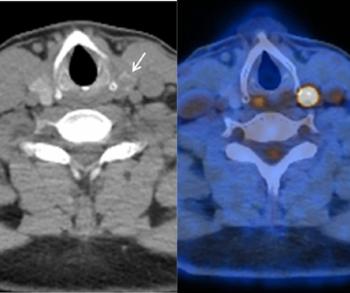New Lantern Unveils AI-Powered PET/CT and Mammography Viewer Modes
Combining sub-second load times and AI-automated features, the PET/CT Viewer Mode and Mammography Viewer Mode may help address bottlenecks in nuclear medicine imaging and mammography workflows.
For radiologists grappling with slow image loading and onerous reporting demands, the launches of PET/CT Viewer Mode and Mammography Viewer Mode may facilitate increased workflow efficiency.
Noting that the
• synchronized multiplanar image reconstruction between current imaging and prior exams
• options for fused PET/CT displays; and
• AI-assisted reporting across multiple modalities.
New Lantern added that the Mammography Viewer Mode, optimized for 2D mammography and digital breast tomosynthesis (DBT), provides key benefits including:
• synchronization with prior studies for seamless comparisons
• AI-assisted annotation that can be integrated into radiology reports;
• sub-second loading times; and
• built-in hanging protocols geared to screening and diagnostic mammography.
“Mammography software is stuck in 2000," said Shiva Suri, the founder and CEO of New Lantern. “Radiologists waste more time waiting for images to load than actually interpreting them. New Lantern flips this script with the fastest pre-cached load times and moreover lets radiologists focus on diagnosis, while (automating) reporting tasks which traditionally slow radiologists down.”
Newsletter
Stay at the forefront of radiology with the Diagnostic Imaging newsletter, delivering the latest news, clinical insights, and imaging advancements for today’s radiologists.





























